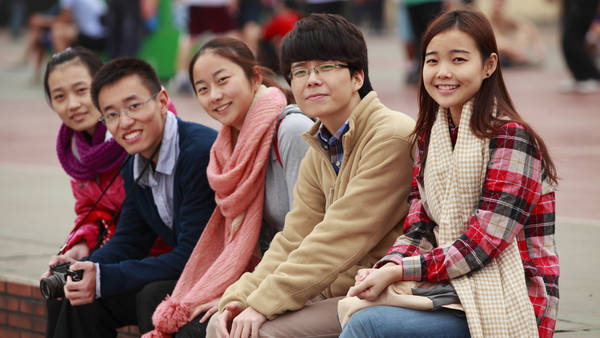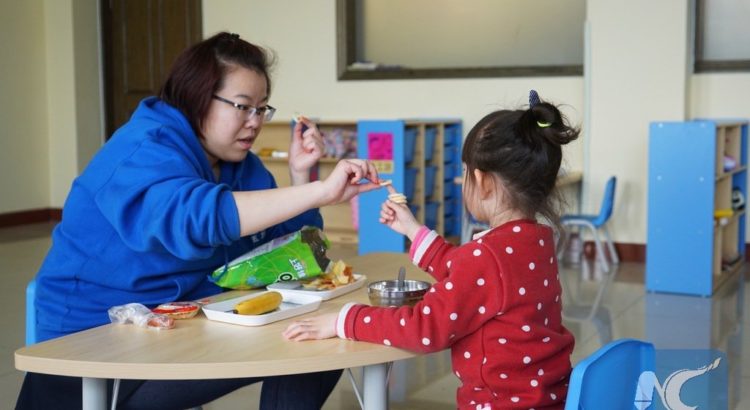China/22 junio 2017/Fuente: Spanish People Daily
La proporción de trabajadores chinos que planean cursar una educación superior es el doble que la de los trabajadores de Estados Unidos, según una encuesta realizada por la web con sede en EE.UU. LinkedIn .
Un 98% de los trabajadores chinos dijo que aspiran a cursar programas educativos, ya sean de grado o cursos de habilidades, según un informe publicado el jueves.
Una encuesta de LinkedIn de 2015 realizada a trabajadores en EE.UU. muestra que sólo el 49% quería continuar formándose académicamente.
Entre los trabajadores que planea cursar estudios avanzados, el 65% de los encuestados en China dijo que llevará a cabo un plan de estudio dentro de un año, en comparación con el 51% de los encuestados estadounidenses que querían continuar estudiando.
Casi la mitad de los trabajadores chinos que desean continuar formándose dijo que gastarán más de 100.000 yuanes (14.700 dólares) para seguir aprendiendo. Se suelen tardar de promedio unos 100 días desde que se empieza a calibrar la idea hasta que se paga la matrícula, según la encuesta.
Más de 500 personas realizaron la encuesta de LinkedIn en línea en enero.
Las tres razones principales dadas por los trabajadores chinos para seguir formándose fueron: mejorar sus habilidades profesionales, ser más competitivo y enriquecer su experiencia en la vida.
Sólo el 21% de los encuestados chinos dijo que querían cursar educación superior para obtener un salario más alto, que fue la mejor opción, marcada por el 54% de los encuestados en todo el mundo, según una encuesta de LinkedIn de hace dos años.
«Los trabajadores chinos, especialmente los de mediana edad que han alcanzado un cierto punto en sus trayectorias profesionales, muestran una pasión increíble por la educación, tienen una fuerte conciencia de la crisis y quieren tener más control sobre su desarrollo profesional», dijo Zhou Xiaodan , jefe de soluciones de marketing de LinkedIn China.
La encuesta también muestra que 4 de cada 10 trabajadores chinos prefiere la educación en línea a un aula tradicional para impulsar su futuro profesional.
Entre los que están a favor de la educación en línea, el 85% dijo que es más flexible y el 64% dijo que de esta manera no tienen que dejar de trabajar.
Casi el 70% de las mujeres quería cursar estudios de idiomas en línea, y el 60% de los hombres quería aprender habilidades de trabajo, según la encuesta.
Los expertos creen que a medida que sigue avanzando la tecnología de transmisión de datos y videos, el mercado de la educación en línea continuará en auge.
El mercado de la educación en línea ha crecido un 20% en China continental desde 2013, cuando el tamaño de esta industria era de casi 84.000 millones de yuanes, según la consultora local iResearch. Se espera que alcance los 200.000 millones de yuanes en 2018.
Fuente: http://spanish.peopledaily.com.cn/n3/2017/0616/c92122-9229542.html
















 Users Today : 3
Users Today : 3 Total Users : 35460782
Total Users : 35460782 Views Today : 7
Views Today : 7 Total views : 3419994
Total views : 3419994